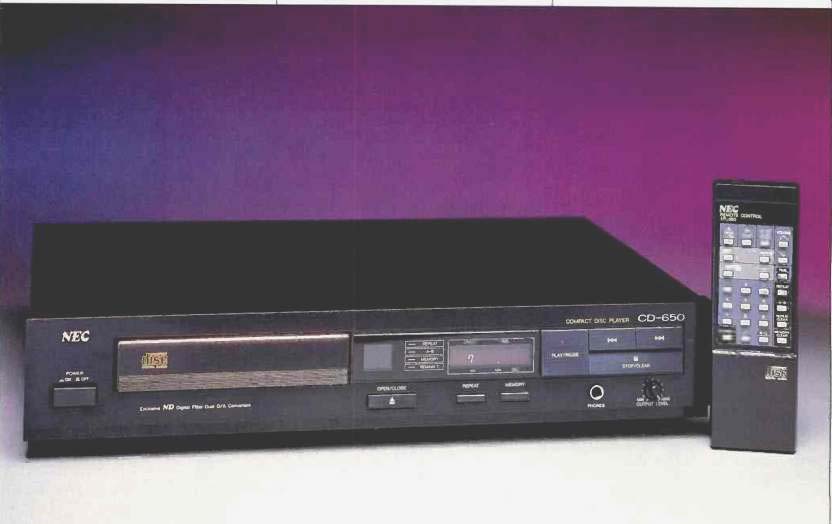
Manufacturer's Specifications:
Frequency Response: 5 Hz to 20 kHz, + 0.5,-1.0 dB.
S/N Ratio: 96 dB.
Dynamic Range: 92 dB.
THD: 0.006%.
Channel Separation: 86 dB at 1 kHz.
Number of Programmable Selections: 15, random access.
Output Level: Fixed, 2.0 V rms for 0 dB level; variable, 0 to 2.0 V rms; headphone, 0 to 2.0 V rms into 30 ohms.
Average Access Time: 3 S.
Power Requirements: 120 V a.c., 60 Hz, 25 watts.
Dimensions: 16 15/16 in. W x 21 5/16 in. H x 12 3/8 in. D (43 cm x 7.5 cm x 32 cm).
Weight: 11.1 lbs. (5 kg).
Price: $449.
Company Address: 1255 Michael Ave., Wood Dale, Ill. 60191.
I had begun to believe that all CD players priced below $500 were compromised designs, intended for the more casual listener who couldn't differentiate between "good" and "superb" sound. The NEC CD-650E changed my mind about that! In terms of reproduced sound quality, this player has to rank with the best at its price level or, for that matter, at any price level. And no wonder! It incorporates what are obviously very linear dual digital-to-analog converters, two times oversampling with true 16-bit digital filters [this should be digital converters] which introduced no measurable phase delay, and a three-beam laser pickup, which, by industry consensus, seems to be the way to go for superior tracking.
I found the chassis of the NEC CD-650E to be extremely well built and resistant to external vibration, thanks to the "floating" mount of its critical components, such as the laser pickup assembly.
The unit is supplied with a wireless remote control, so many convenience and basic operating features can be activated from your listening position. The remote module has a numerical keypad which not only enables you to access specific tracks on a CD but also permits memory storage of up to 15 selections that can be played in any order you choose. The remote control even has a pair of buttons which let you adjust volume level, providing you connect your amplification system to the player's "Variable" outputs. Prior to seeing the 650E, this is a feature I've found only on models costing over $800. There's one control on the remote, however, that I did feel was a bit of overkill: The "Open/Close" button. I really see no point in being able to open and close the disc tray from across the room!
Control Layout
Thanks to the many functions that can be controlled via the remote module, the front panel of the CD-650E is relatively uncluttered and aesthetically pleasing. The usual "Power" switch and the disc drawer are at the left of the panel. To the right of the drawer is the remote's sensor window, and to the window's right are four indicator lights.
These illuminate to show "Repeat" play, "A-B" repeat play, "Memory" (when selections have been stored in memory), and "Remain T." The latter lights up when the corresponding button on the remote unit is pressed to switch the display from elapsed time of the current track to total remaining disc time. The display area for track number and time is adjacent to the four indicators, and major operating controls ("Play/ Pause," forward and reverse skip, and "Stop/Clear") are conveniently clustered at the upper right.
A few additional controls are along the middle and right of the panel's lower section. These include an "Open/Close" button, "Repeat" and "Memory" buttons, a stereo phone jack, and a tiny volume control knob. When the remote control is used to adjust output level, this motorized control knob actually turns.
The rear panel is equipped with a subcode output jack, in anticipation of the CD-graphics decoder boxes which may be available soon. (For how long have I been saying that?) The "Fixed" and "Variable" left- and right-channel output jacks are also on the rear.
In addition to duplicating the front-panel functions, the supplied remote control has several buttons not found on the main unit. Besides the numeric keypad already mentioned, there are buttons for changing the time display back and forth between current track time and total remaining time; for initiating, clearing, and specifying A-to-B repeat-play; and for audible fast search. The forward and reverse fast-search modes move the laser pickup slowly for about 3 S and then speed up the process if you continue to depress either button.
In the course of experimenting with this unit's features, I discovered an unusual one that I hadn't run across before. If you press a number button on the remote control during playback of a series of programmed tracks, play will continue from the selection stored in the corresponding memory address. In other words, if I pressed "5" while listening to playback of a memorized series of tracks, the CD-650E would start playing whatever track I had entered into memory as the fifth selection-not track number 5. I discovered this little trick quite by accident, but then found it fully explained near the back of the owner's manual. Incidentally, because of the very logical layout of the CD-650E's front panel and remote control, everything that needed to be said in the owner's manual took only about 10 pages, not counting the cover, trouble-shooting guide, and listing of specifications.
Measurements
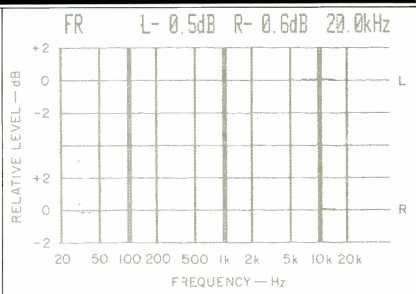
Fig. 1--Frequency response, left (top) and right channels.
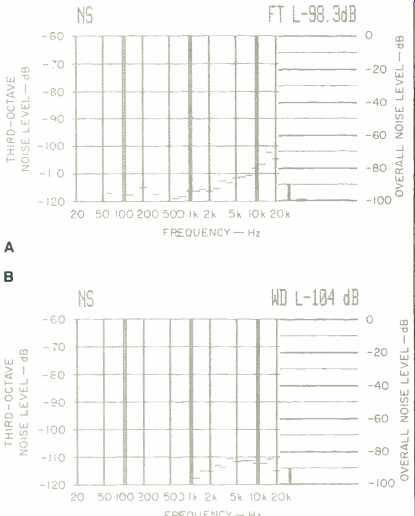
Fig. 2--S/N analysis, both unweighted (A) and A-weighted (B).

Fig. 3--THD vs. frequency, at two output levels (see text).
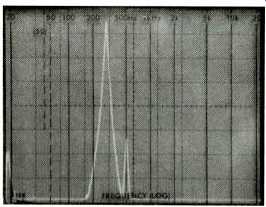
Fig. 4--Spectrum analysis of reproduced 20-kHz test signal. Note the
lack of in-band beat components.
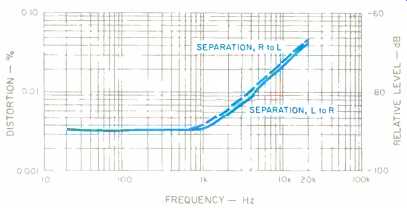
Fig. 5--Separation vs. frequency.
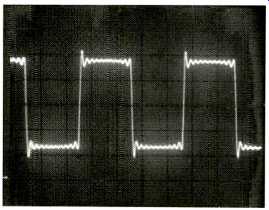
Fig. 6--Reproduction of a 1-kHz square wave.
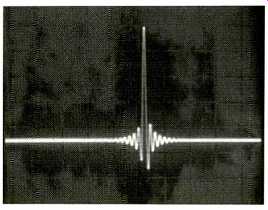
Fig. 7--Single-pulse test.
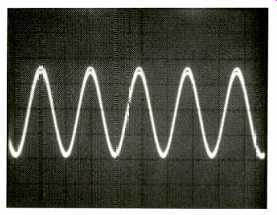
Fig. 8--Interchannel phase difference when reproducing a 20-kHz tone.
One trace was vertically displaced for clarity.
Before I get into the test results themselves, a few words are in order about several changes in my test procedure, prompted by a new test disc being prepared by the CBS Technology Center under the guidance of my good friend and colleague Robert Finger. Bob has been participating in an EIA Standards Subcommittee charged with creating a standard for measurement of CD players. If you're a regular reader of Audio, you may remember that some months ago I described a proposed standard, for the same purpose, drafted by the EIAJ (the Electronics Industry Association of Japan). While that standard was an excellent piece of work, members of the EIA subcommittee (including myself) felt that it was deficient in certain areas and that certain characteristics of CD players weren't being addressed or included in the test procedure.
The new disc that the CBS Technology Center has been working on addresses those missing points and has tracks which provide appropriate signals for making the additional tests. For example, in checking linearity, additional levels at -30, -40,-50, and -70 dB have been included. Sweep frequency response now extends to 22.05 kHz, instead of 20 kHz; this enables testers to get a very accurate response reading at the 20-kHz top limit of a Compact Disc player.
Square-wave tests and other impulse signals have been added to the disc, so that I no longer have to jump back and forth among a number of test discs in order to complete my measurements.
Because I am a member of the standards committee, Bob Finger was kind enough to send me a test pressing of the new test disc. It's not yet available generally, so please don't write to ask where you can buy it. When the actual production pressing of the disc takes place, I'll give you details about how to get it. Meanwhile, I'm beginning to use the new disc, starting with this report, with thanks extended to Robert Finger and to the CBS Technology Center for making it available to me.
Frequency response, shown in Fig. 1, was perfectly flat to below 20 Hz. At 20 kHz, it was down only 0.5 dB on the left channel and 0.6 dB on the right. Signal-to-noise ratio was far better than claimed. In an unweighted measurement, shown in Fig. 2A, the S/N was 98.3 dB; with an A-weighting network in the signal path (Fig. 2B), the S/N increased to a remark ably high 104 dB.
Figure 3 shows how harmonic distortion varied with frequency at maximum recorded level (0 dB) and at a level 20 dB lower. Notice that I have not included results at-30 dB as I have done in the past. Experience has shown that the THD difference between -20 and -30 dB will be linear, an increase of roughly 3:1, so there's really no point in making measurements at the lower level. The dotted curves in Fig. 3 represent the appearance of out-of-band "beats" which are not actually harmonic distortion and which are, of course, inaudible. Figure 4 shows the single beat obtained at around 24 kHz when a 20-kHz signal is reproduced. Even this out-of-band beat was down some 50 dB or more, compared to the reference level, and was of no concern to me. It's when I start seeing in-band beats (as I have on several CD players of lesser quality) that I begin to worry. If I had measured THD in accordance with the EIAJ proposal, using a 20-kHz low-pass filter in the signal path, I wouldn't have seen this beat and couldn't compare it with non-harmonically related out-of-band and in-band components seen on other units.
Dynamic range, measured by adding 60 dB to the THD (expressed in dB) observed for a 1-kHz signal at the -60 dB level, turned out to be an incredibly high 106 dB. Either NEC is being very conservative in their specification of dynamic range, or they're measuring this important spec in some other way than the method endorsed both by EIAJ and EIA.
Channel separation measured nearly 90 dB at mid- and low frequencies, as plotted in Fig. 5, but decreased almost linearly at higher frequencies, to about 70 dB at 20 kHz.
Overall linearity was within 0.5 dB from maximum recorded level down to-80 dB. SMPTE-IM distortion measured 0.01% at maximum recorded level. CCIF IM was a very low 0.002% at 0-dB level and did not change at -10 dB recorded level.
The reproduced 1-kHz square wave shown in Fig. 6 confirms the fact that digital filtration is being used here, and it is about as close as a CD player can come to "flat top" square-wave reproduction. Figure 7 shows a reproduced unit-pulse signal, while Fig. 8 confirms the fact that NEC used two D/A converters and compensated perfectly for any time delay between channels. Had I not slightly displaced one trace from the other, you wouldn't be able to tell that both the left and right 20-kHz signal outputs were being displayed in separate traces on the monitoring 'scope.
Output level (from the CD-650E's fixed output jacks) was a relatively high 2.48 V at the left channel and 2.52 V at the right, for a level difference between channels of 0.2 dB or so. Wow and flutter, if present at all, was below the measurable limits of my test equipment.
Short access time -- the time needed for the laser pickup to move from one track to an adjacent track -- was 1.0 S.
Long access time was about the only disappointing feature of this player. It took a full 7.5 S for the pickup to find its way from the innermost track of a test disc to its outermost track.
Certainly this is not a serious problem. It was simply an unexpected result from a player that is, in every other respect, so superior to the average unit.
The CD-650E zipped right through my special defects test disc, as I would have expected. As CD players have improved, it is obvious that the original Philips disc designed to assess error correction and tracking ability is no longer adequate. One of the future projects of the EIA CD Standards Subcommittee-after we complete the basic measurement standard and issue the first test disc about which I spoke earlier-is to develop a second test disc that truly does check error correction and tracking in a way that is meaningful for today's CD players. In any event, my own finger-tapping tests on the sides and top of this player revealed that NEC's claims about isolation from external vibration are fully justified. I really had to tap the unit pretty hard to make it mistrack at all.
Use and Listening Tests
I have found that the sound of a piano is one of the most difficult to reproduce faithfully. Furthermore, even if mike placement and recording technique are good, some CD players will impart to piano sounds an unnatural and some what strident character which is immediately apparent (even to less-experienced listeners). It was for this reason, in addition to the fact that I like the music, that one of the CDs I used to check out this player was a new Telarc release offering Prokofiev's Piano Concerto No. 3 and Tchaikovsky's Piano Concerto No. 1, played by Jon Kimura Parker with Andre Previn conducting the Royal Philharmonic Orchestra. I'm told that Schoeps MK-2 and MK-4 mikes were used and that the digital recorder was a modified version of Sony's PCM-1610. Monitor speakers were B & W 801Fs (no wonder the recording engineers got the balance right). To put it succinctly, the sound reproduced by the NEC CD-650E hooked up to my reference system was absolutely superb--as good as I've heard from just about any CD player.
The supplied remote control worked flawlessly, and when listening to non-classical fare, I found the ability to do random-access programming from my easy chair rather a nice convenience. I'll even confess to having pushed the open/close button a couple of times from across the room, even though that feature serves no practical purpose. Oh, well, NEC can be forgiven for this slight over-embellishment, in light of the excellent player they have created at a very reasonable price.
-Leonard Feldman
(Source: Audio magazine, Dec. 1986)
Also see:
NEC CD-803E Compact Disc Player (Nov. 1983)
Nakamichi OMS-7 Compact Disc Player (Aug. 1985)
= = = =